No products in the cart.
Home Improvement, Lawn and Gardening, Plants and Planters, Plants Saplings
Wandering Jew Plant (Purple)
NPR 300.00 NPR 350.00
Wandering Jew makes for some beautiful houseplants that are sure to brighten up any room in your home. Contrary to popular belief, Wandering Jew is not a single plant, but rather the common name for a variety of Tradescantia species.
The Tradescantia genus contains 75 herbaceous perennials that are collectively known as wandering jew, or wandering dude. Among these are the well-liked houseplants Tradescantia fluminensis ‘Quicksilver’, Tradescantia pallida ‘Purple Heart’, and Tradescantia zebrina ‘Tricolor’, each of which is known by a variety of different common names.
Regardless of which particular variety piques your interest, each of these species is hardy, grows quickly, and requires little care and attention. The plant care instructions are the same for all three common types as well.
These plants look particularly striking in hanging planters or in any area of your space that could use a splash of color because their eye-catching colorful foliage will trail, spread, or climb.
However, some members of the Tradescantia family are toxic to pets, so keep them away from your furry loved ones.
Interestingly, wandering jew is considered invasive in many parts of the world when grown outdoors, but its vining habit makes it ideal for the indoors.
Facts About Wandering Jew Plant
Origin: South America.
Names: Wandering Jew, purple wandering jew, Flowering Inch Plant (common). Tradescantia Zebrina, Tradescantia Fluminensis (botanical/scientific).
Max Growth (approx.): Stems grow over 2ft long.
Poisonous for pets: The wandering jew plant is toxic to cats and toxic to dogs however not fatal.
Wandering Jew Plant Care
Temperature: Average plant indoor temperatures of 65-75ºF (18-24ºC) are suitable, and no lower than 50ºF (10ºC).
Light: Enough light is vital for this plant to grow well, and prevent spindly growth. South or east-facing rooms are best without too much direct sun (some direct sun is appreciated) as they enjoy bright indirect light.
Watering: Water thoroughly from April – October keeping the soil moist – and then much less during November – March.
Soil: A well-draining peat-based potting mix is suitable. 2 parts peat moss and 1 part perlite can be used.
Re-Potting: Repot every two or three seasons when the roots crowd the pot edge. A well drained soil should be used but they are not very picky.
Fertilizer: Feed from April – October with a balanced diluted fertilizer every 2 weeks.
Humidity: Average indoor humidity should be fine. To improve humidity mist the leaves frequently.
Propagation: Wandering Jew propagation is easy with 3 – 5 inch softwood stem cuttings. Remove all but 1 or 2 leaves and place in a pot with a moist potting mix within a warm and bright setting. Within 3 – 6 weeks you will see new growth appearing. It doesn’t get much simpler than this. Rooting hormone is not needed.
Pruning: When the plant becomes leggy prune back the stems and pinch stem tips, during spring or summer.
Pests: Spider mites, aphids, leaf spot, botrytis, powdery mildew, and root rot are common.
| Weight | 4 kg |
|---|
Based on 0 reviews
Only logged in customers who have purchased this product may leave a review.
Vendor Information
- Store Name: Ajambari
- Vendor: Ajambari
- No ratings found yet!



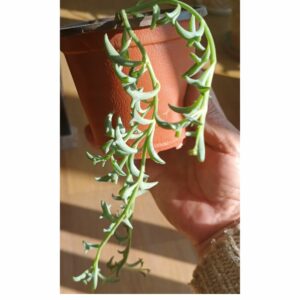
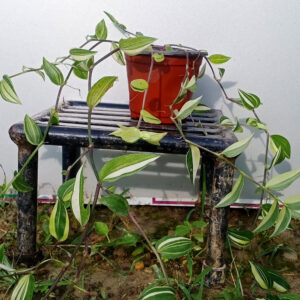
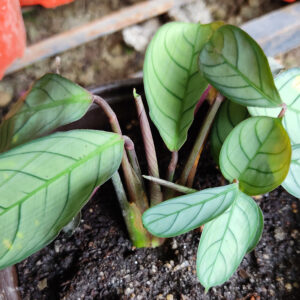
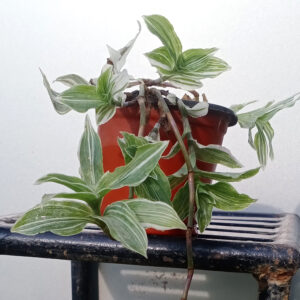
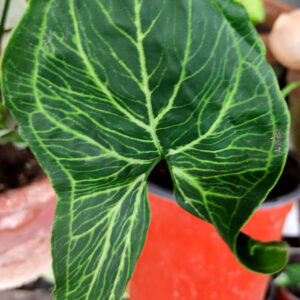
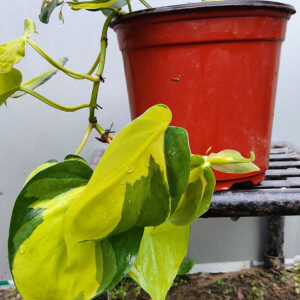
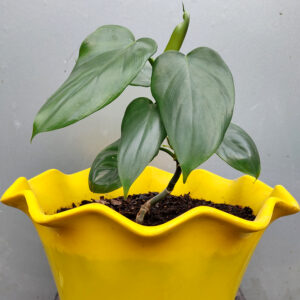
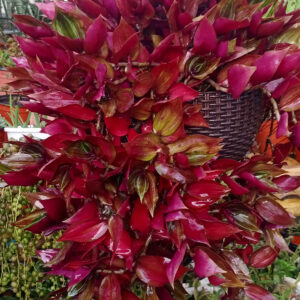
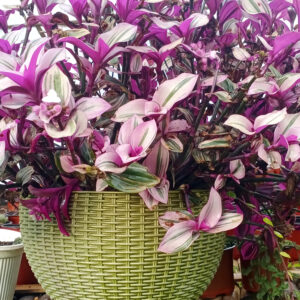
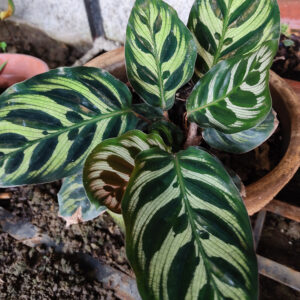
There are no reviews yet.